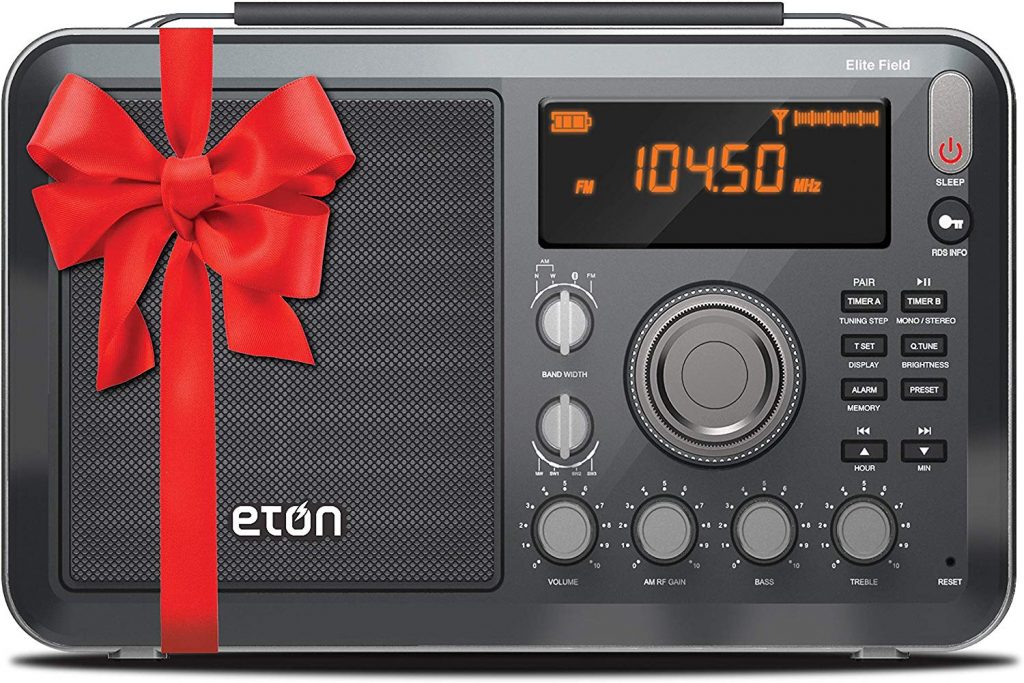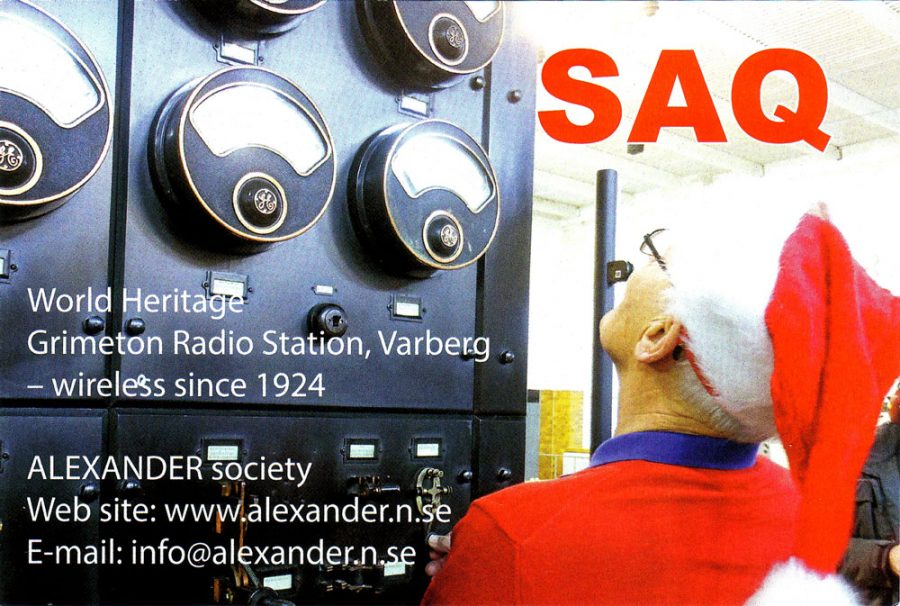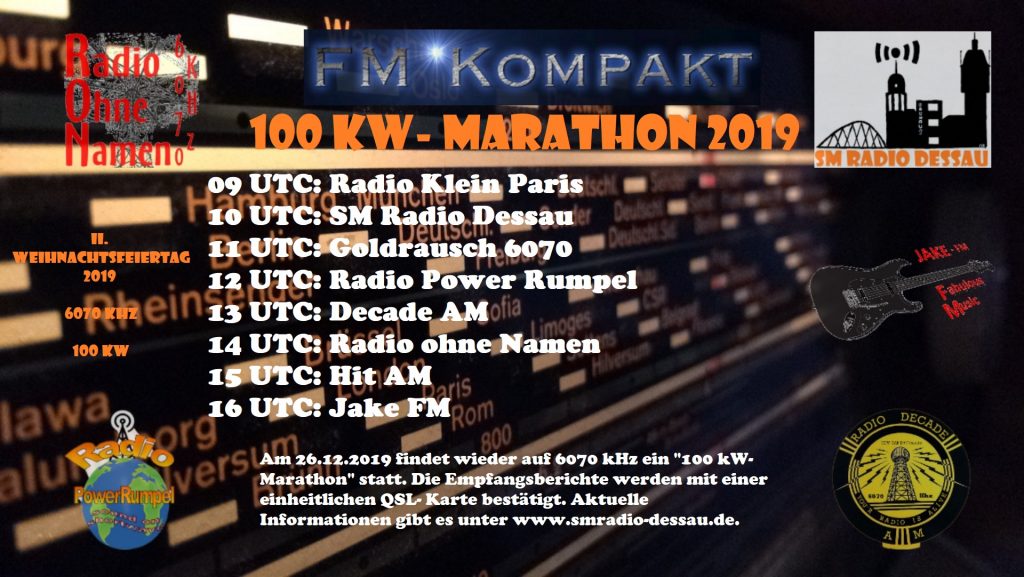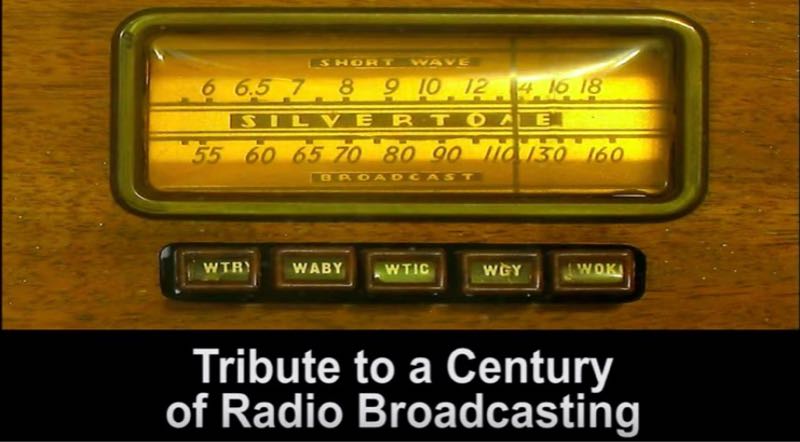
Photo by Jens Rademacher on Unsplash
Many thanks to SWLing Post contributor, Harald Kuhl (DL1AX), who shares the following announcement from the NDR regarding the annual Gruss an Bord Christmas Eve broadcast. Harald notes:
This year on December 24 Norddeutscher Rundfunk (NDR) will again broadcast its program “Gruss an Bord” on shortwave.
They verify reception report by a detailed QSL card.
[email protected]
[email protected]
Press release below (translated via Google) with schedules and frequencies:
“Greetings on board”: How to receive the broadcast
It has tradition and exudes a very special pre-Christmas mood: On Christmas Eve greetings are sent to the seafarers around the world from 8:05 pm – 10:00 pm and from 11:15 pm – midnight on NDR Info. And on the most different channels and technical ways, so that the greetings and messages can be guaranteed to be received on all seven seas.
The ship’s crews have several options to receive the program “Greeting on board”. Also the shortwave belongs to it.
The livestreams of the program (20.05 to 22 clock and 23.15 clock to 24 clock MEZ) can be found here: NDR Info and NDR Info Special. In addition, there is the possibility to listen to the program via the NDR radio app. NDR Info can also be received via FM, DAB + and DVB-S radio, NDR Info special only via DAB + and DVB-S radio.
So that all crew members on board – on the seas or in the harbors – can receive the traditional program, the NDR radio has also rented shortwave frequencies:
From 19:00 to 21:00 UTC (20:00 to 22:00 CET), the shortwave transmits over the following frequencies (UTC is the abbreviation for Universal Time Coordinated):
“Greeting on board” via shortwave
Frequency target area
6.080 kHz Atlantic – North
11,650 kHz Atlantic – South
9,800 kHz Atlantic / Indian Ocean (South Africa)
9,740 kHz Indian Ocean – West
9,570 kHz Indian Ocean – East
6.030 kHz Europe
Between 21:00 and 23:00 UTC (22:00 – 24:00 CET) the shortwave transmits over the following frequencies:
“Greeting on board” via shortwave
Frequency target area
6.145 kHz Atlantic – North
9,830 kHz Atlantic – South
9,590 kHz Atlantic / Indian Ocean (South Africa)
9,740 kHz Indian Ocean – West
9,675 kHz Indian Ocean – East
6.155 kHz Europe
NDR Info sends the “Greeting on board” from 20:05 to 22:00 CET. This is followed by the transmission of the Christmas Mass from the church of St. Mary Magdalene in Bochum-Wattenscheid from 22 to 23.15 CET. Then you will hear the second part of “Greetings on Board” until midnight CET.







